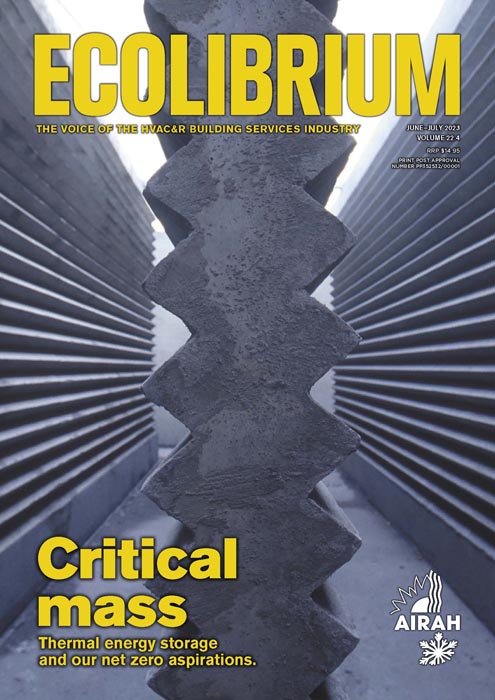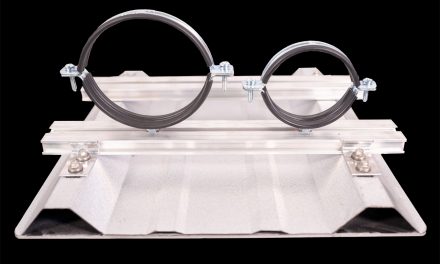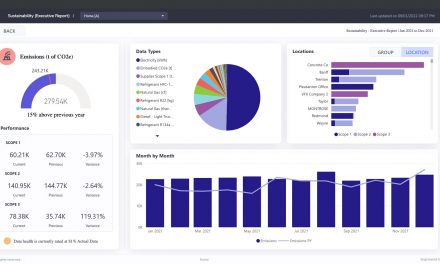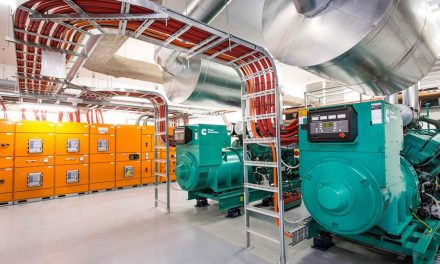Hitachi has released its SmoothDrive 2.0 technology as part of the updated Hitachi Variable Refrigerant Flow (VRF) air365 Max Pro.
The company says this technology contributes to the very high levels of energy efficiency defining the Hitachi VRF HVAC solutions, under part-load operation.
“The SmoothDrive 2.0 further improves efficiency, particularly at 10 to 35 per cent part load thanks to its 0.1ᵒC temperature monitoring sensitivity,” Hitachi says. “The SmoothDrive 2.0 helps the scroll compressor to run continuously and smoothly, even under part-load conditions.”
Hitachi says the integration of inverter technology into SmoothDrive 2.0 is key for greater accuracy of the overall refrigerant flow.
“Hitachi SmoothDrive 2.0 continuously tracks the indoor temperature in each zone and identifies gaps with the set temperatures,” the firm says. “Combining real-time indoor monitoring and the VRF system datapoint, SmoothDrive 2.0 constantly calculates the right amount of refrigerant needed to maintain seamless indoor comfort.”
Hitachi says SmoothDrive 2.0 contributes to 39 per cent less energy consumption at 33 per cent part-load operation.
“In addition, the all-new Sigma-shaped heat exchanger and gas-injection scroll compressor extend the compressor operating range and increase heating or cooling capacity, leading to a wider outdoor unit operating temperature range and better efficiency,” Hitachi says. “As a result, the air365 Max Pro attains unparalleled efficiency performance.”












